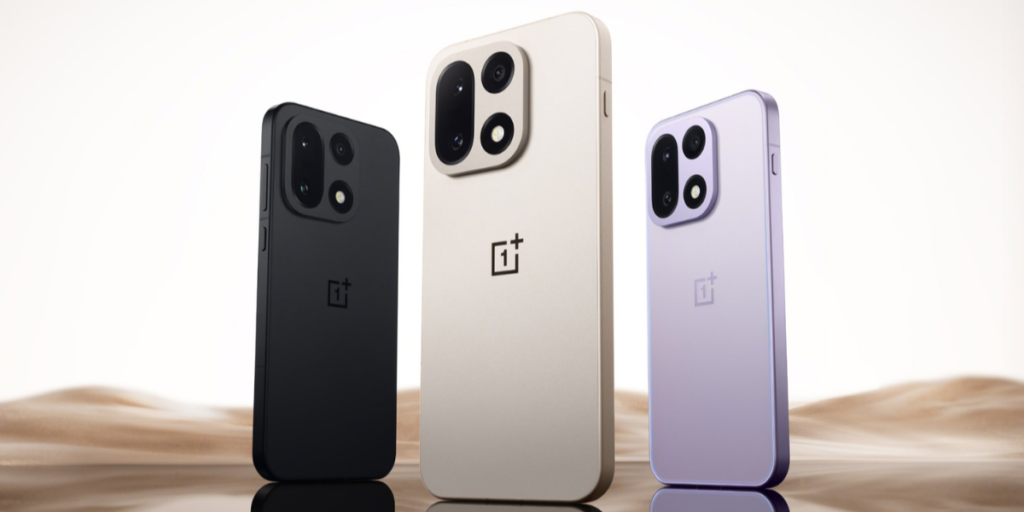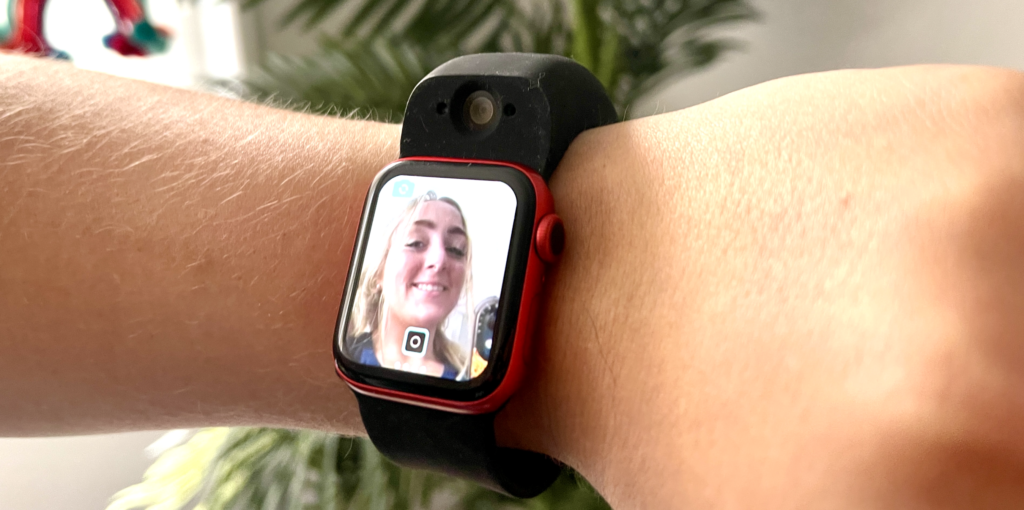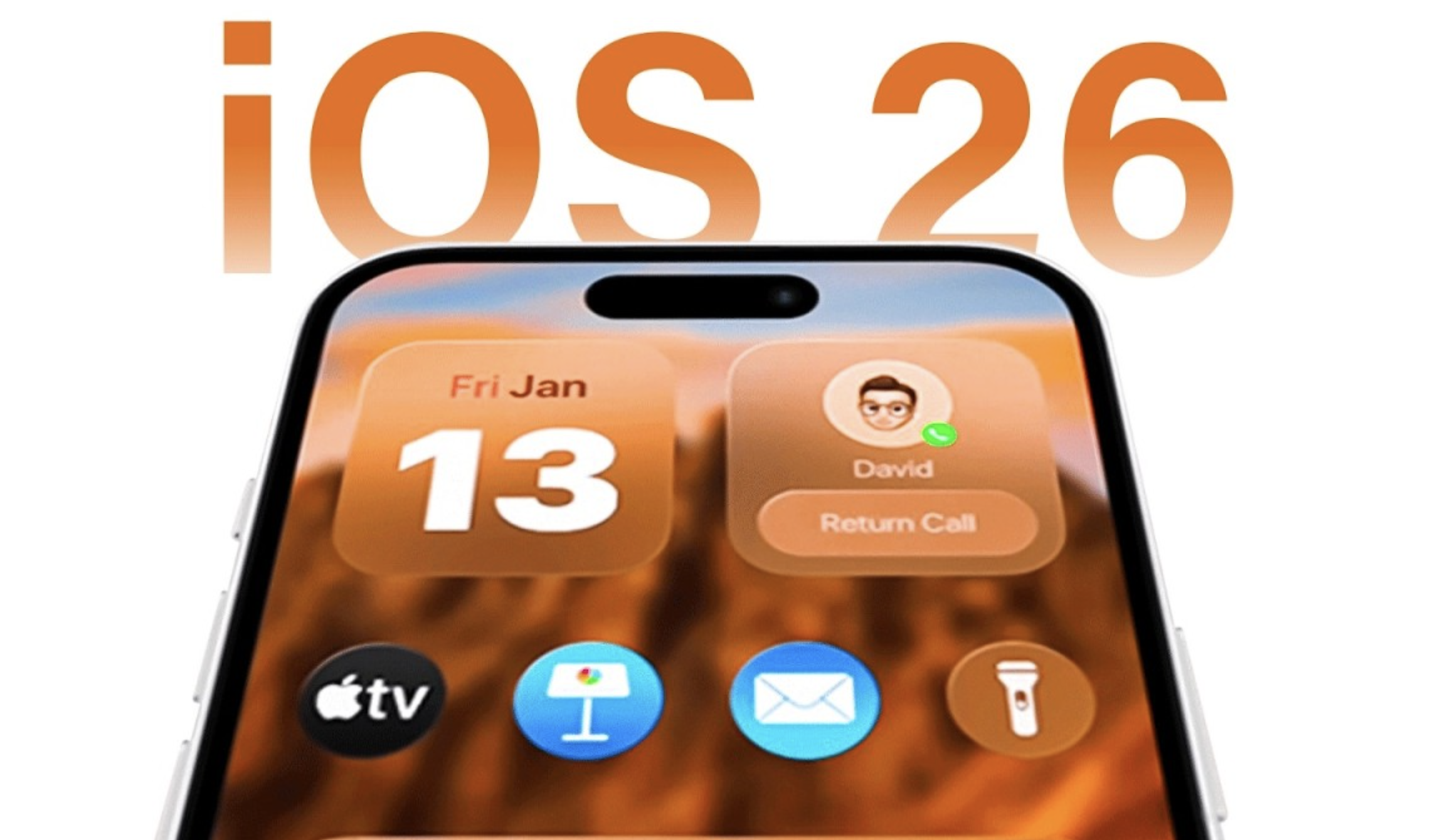Vivo has launched the T3 Ultra in India, the first phone in the series with the ‘Ultra’ moniker and the most powerful in the T lineup.
Read on to find out all the details!

Vivo T3 Ultra Launched: All You Need To Know
Specifications and Features
The Dimensity 9200+ chipset powers the device’s 6.78-inch 1.5K AMOLED display, which refreshes at a rate of 120 Hz.
The Vivo T3 Ultra sports two cameras: an 8MP ultra-wide lens and a 50MP primary sensor with ZEISS and OIS lenses.
With SCHOTT Xensation Alpha glass protection, the AMOLED display supports HDR10+ and has a peak brightness of 4500 nits.
Running FunTouch OS 14 based on Android 14, the phone is powered by MediaTek Dimensity 9200+ and supports up to 12GB of RAM and 256GB of storage.
The phone has a 5500mAh battery that can be charged quickly with 80W.
The front camera is a 50MP sensor that allows 4K video recording and autofocus.
5G connectivity, Wi-Fi 6, Bluetooth 5.3, IP68 dust and water resistance, an in-display fingerprint sensor, and stereo speakers are among the other features.
Pricing, availability and offers:
Here are the variant wise pricing details of the Vivo T3:
- 8GB RAM + 128GB storage: Rs 31,999
- 8GB RAM + 256GB storage: Rs 33,999
- 12GB RAM + 256GB storage: Rs 35,999
Sales start on September 19 at 7 PM via Vivo’s website, Flipkart, and offline stores.
In addition to free EMI choices for up to six months, HDFC and SBI cards can take advantage of an instant discount or exchange bonus worth Rs 3,000.
Security, Updates
Vivo guarantees three years of security patches and two years of Android updates.
Vivo Is Biggest Smartphone Brand In India
For the January-March quarter of 2024, China’s Vivo emerged as India’s top smartphone brand.
The results displaced Korea’s Samsungbas it had slipped to third place, despite the premiumisation trend picking up pace.
In the meantime, Vivo cornered a 19 percent share of the market which is driven by its 5G leadership.
Xiaomi, another Chinese firm, and Samsung stood at the second and third position at 18.8 percent and 17.5 percent share, according to the market research firm Counterpoint Research.














